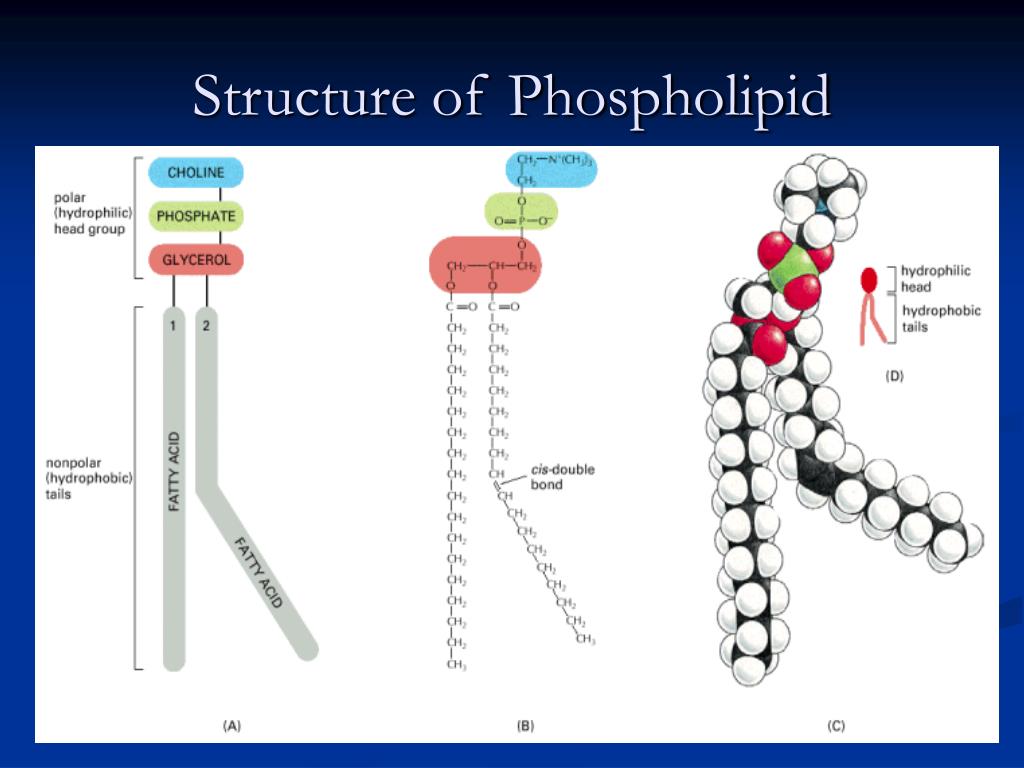


These studies have proven that cell membrane growth and division can be reproduced as a physicochemical phenomenon when lipids are synthesized at the membrane of artificial cells. The lipids contain an amine-functionalized structure that quickly transfers acyl-chain from the donor molecule to the phospholipid precursor at the vesicle membrane, leading the membrane to grow and divide. Recently, several groups have conducted the growth and division in artificial membrane vesicles using chemically modified lipids 14, 15, 16. In order to construct self-reproducing artificial cells capable of Darwinian evolution, we need to discern how to grow the membrane of artificial cells in a sustainable manner. Conversely, for the latter issue, nothing to date imitates the generation of growing and dividing cell membranes based on the biological system, thus we are unable to build artificial cells that can grow their own membranes. For the former issue, successful reconstructions of ribosomes 9, 10, tRNAs 11, circular DNA 12, and aminoacyl-tRNA synthases 13 have been reported so far. Self-reproduction can be classified into two phases: self-regeneration of the internal components and the membrane layer 8. One of the goals of artificial reconstruction is to replicate the phenomenon of self-reproduction of cells. Several cellular functions, such as gene expression 3, genome replication 4, 5, cell division 6, and energy generation 7, have been partially or completely reconstructed by assembling the responsible biomolecules. Our approach would be a platform for the construction of self-reproducing artificial cells since the membrane can grow sustainably.Īttempts to reconstitute cellular functions aim to eventually build up an entire living cell from scratch 1 for understanding the basic principles of life and better mimic natural cells 2. We also performed phospholipid synthesis inside phospholipid membrane vesicles, which encapsulated all the components, and showed the phospholipids localized onto the mother membrane. Because the system can avoid the accumulation of intermediates inhibiting lipid synthesis, sub-millimolar phospholipids could be synthesized within a single reaction mixture. The synthesized fatty acids were sequentially converted into phosphatidic acids by the cell-free synthesized acyltransferases. Here, we developed a cell-free phospholipid synthesis system that combines fatty acid synthesis and cell-free gene expression system synthesizing acyltransferases. However, growth and division of cell membrane that are basis of cell proliferation are still difficult to reconstruct because a high-yielding phospholipid synthesis system has not been established. Construction of living artificial cells from genes and molecules can expand our understanding of life system and establish a new aspect of bioengineering.


 0 kommentar(er)
0 kommentar(er)
